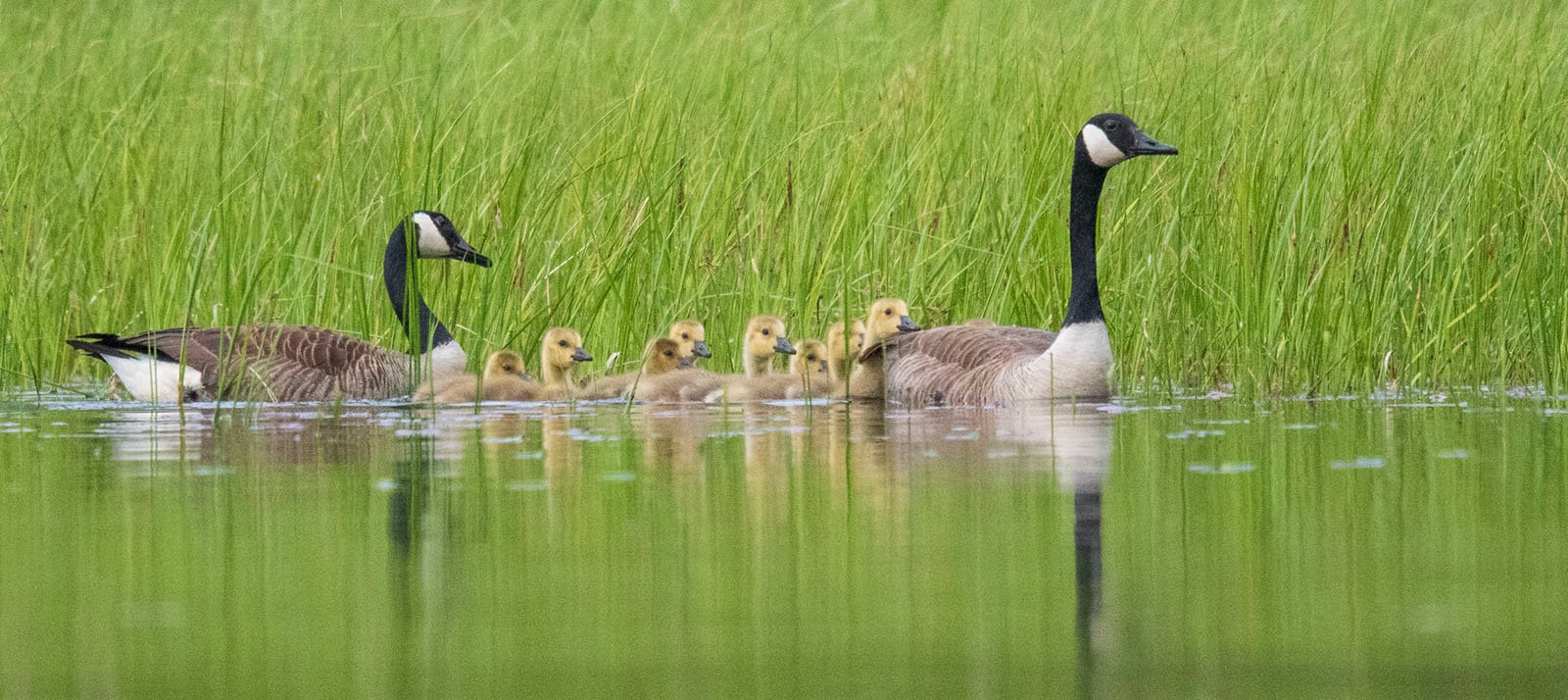
May is a time of significant change across much of the northeast. There are newborn baby animals, unusual visitors, and much growth.
There are no baby loons yet — it’s too early for them to have been born — but the adults have built a nest and laid eggs. And no, there will be no photographic evidence of the nest or eggs, but I assure you, they exist.
There are plenty of other baby birds on the pond, though, including mallard (Anas platyrhynchos) ducklings and Canada goose (Branta canadensis) goslings.
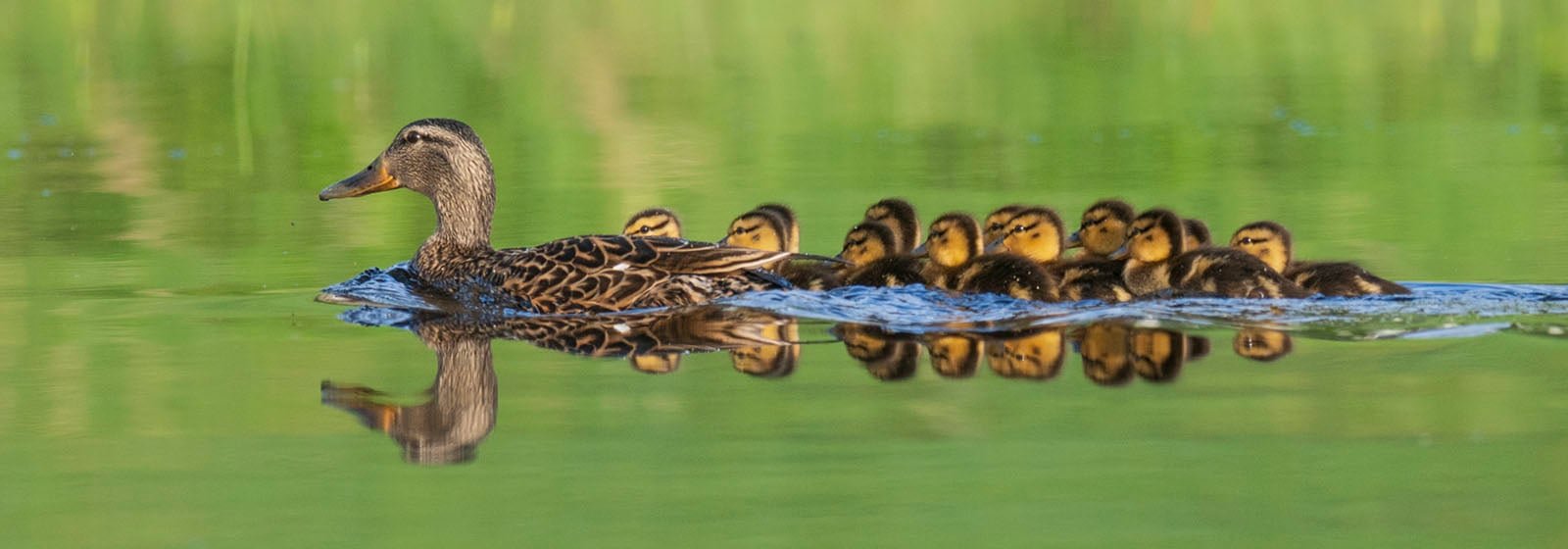
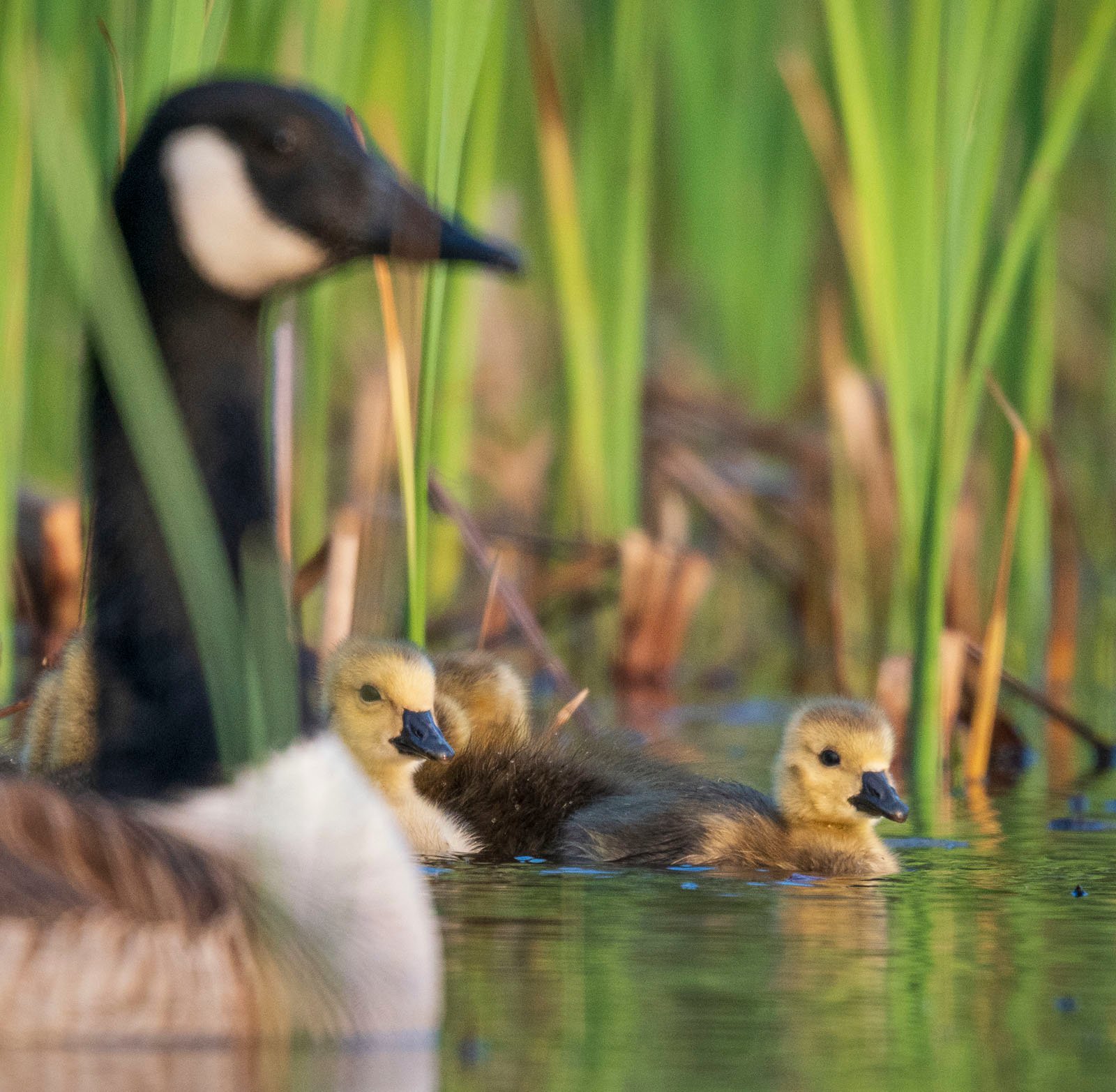
There’s also a lot of other activity, including the appearance of lesser yellowlegs (Tringa flavipes). This sandpiper-like bird can stop at smaller ponds in Maine while migrating, although this marks the first year we’ve seen it at this particular pond. These are delightful birds to photograph, and while not incredibly skittish, the remarkable reach of a telephoto lens on a Micro Four Thirds camera always comes in handy.

![]()
I’ve briefly touched on this topic in a prior article, but it is well worth repeating the advantages of crop sensor cameras when it comes to wildlife photography.
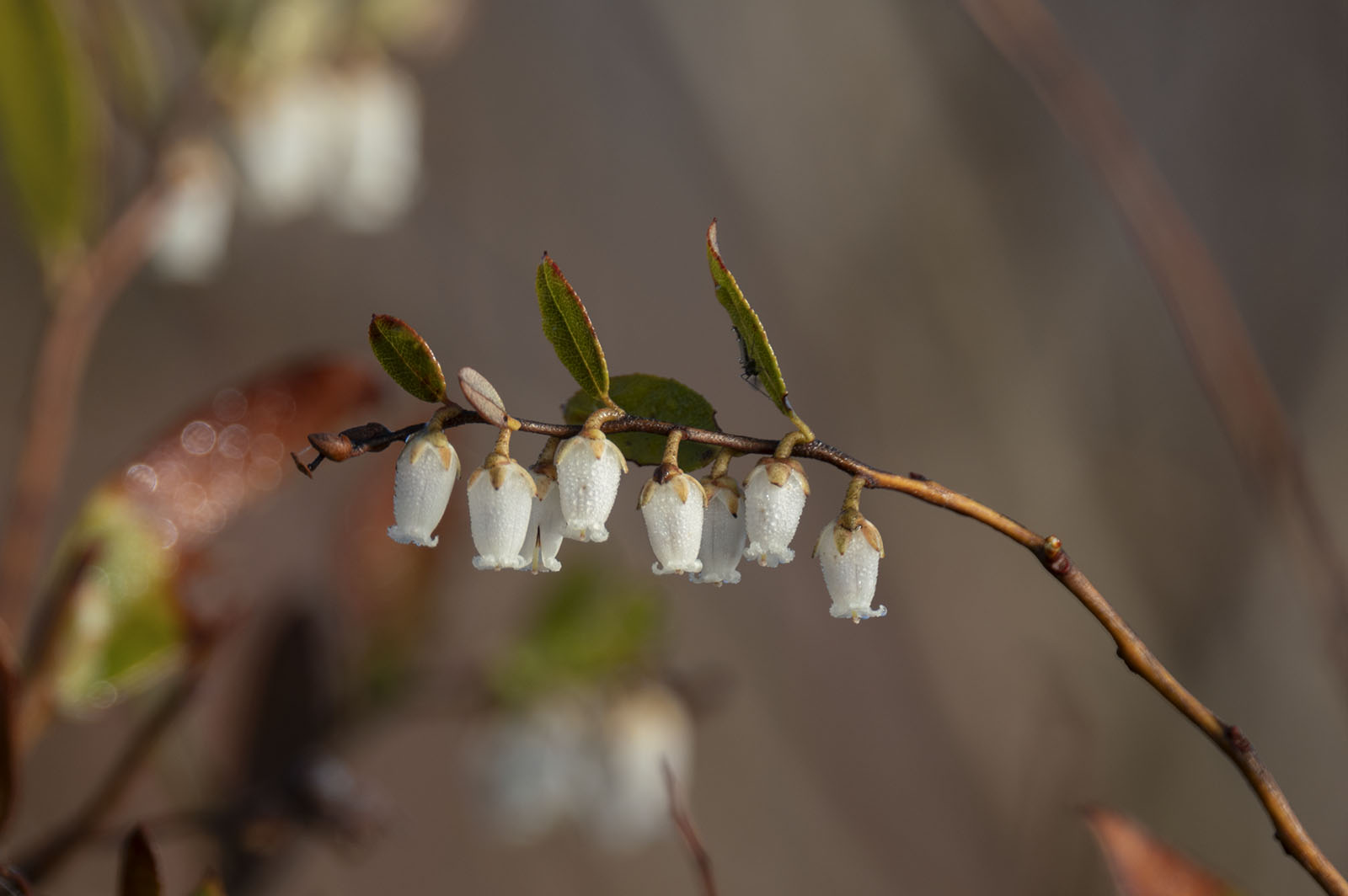
So much of the discourse surrounding Micro Four Thirds and even APS-C cameras focuses on their disadvantages, especially regarding image quality. There’s no denying that there is some image quality cost with a Micro Four Thirds camera like the OM System OM-1 II, at least when compared to a full-frame camera, but photographers get a lot in return for this tradeoff.
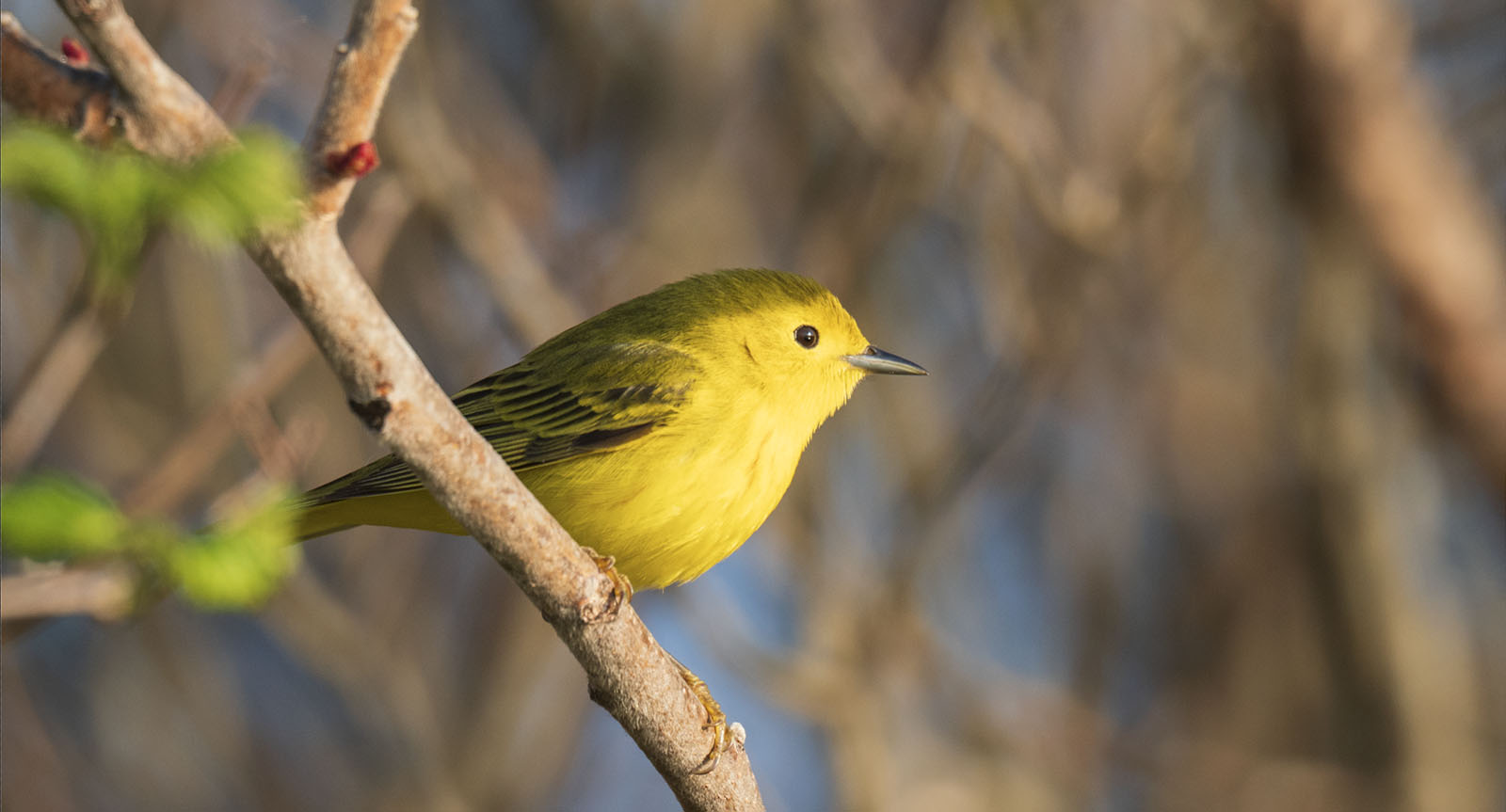
The culprit for the “lesser” image quality, the small image sensor, is precisely what makes a camera like the OM-1 II such a fantastic tool for nature and wildlife photography. The two times crop factor turns the OM System 150-600mm lens into a full-frame equivalent 300-1200mm zoom, which is an incredible boon for wildlife photography.

Not only is it difficult to get close to many animals, but it is typically unwise to do so, especially when dealing with newborn animals like the chicks and goslings featured in this article.
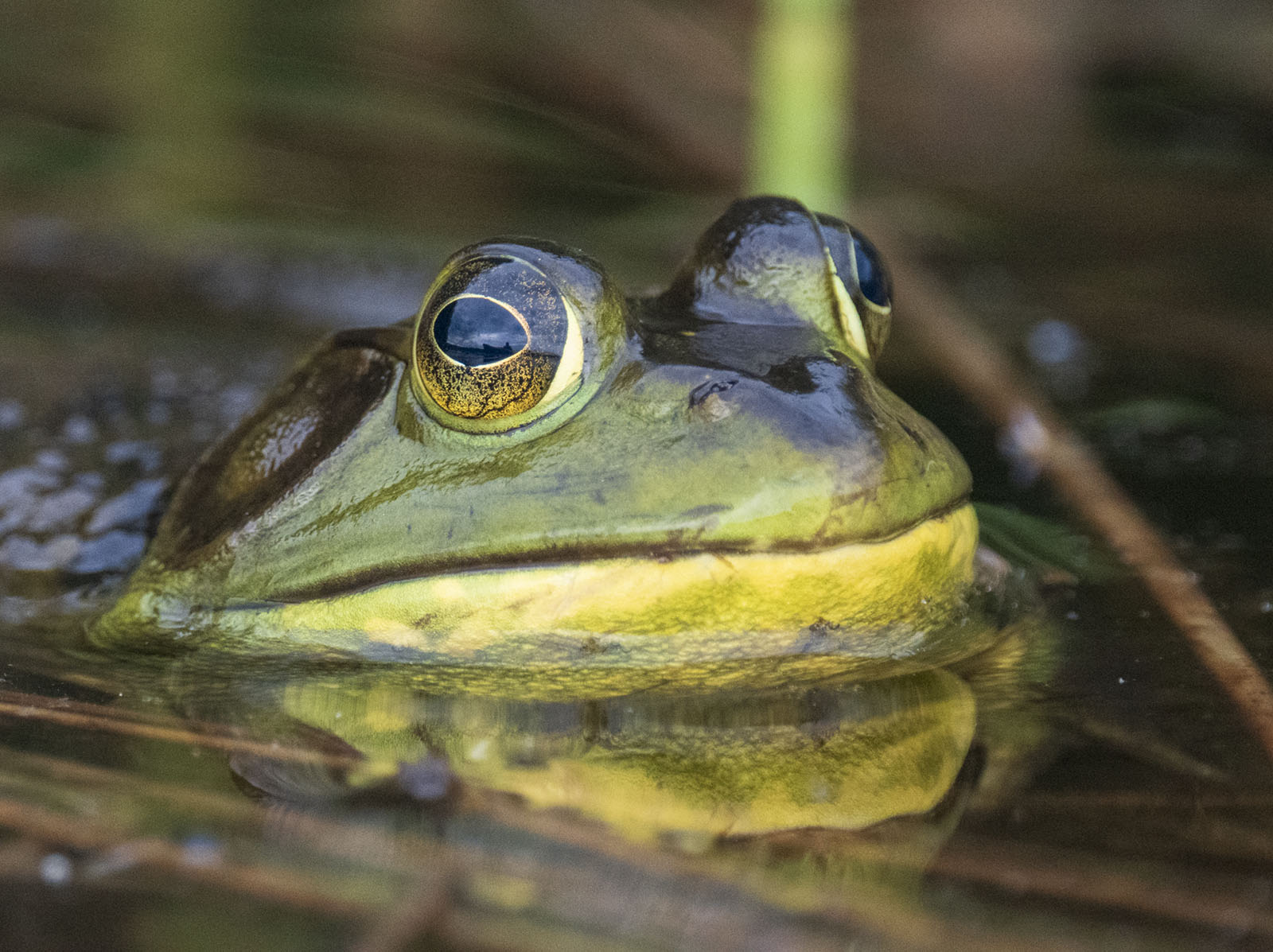
I have shot on full-frame cameras a lot over the years, and they are amazing tools in many situations. However, the biggest drawback is that to get close to a small, distant animal, you must use huge, heavy glass and be physically close to the subject.
Micro Four Thirds cameras bypass this situation with aplomb. While the 150-600mm lens is a full-frame lens repurposed for Micro Four Thirds, making it rather heavy, good luck getting a native 1200mm focal length that weighs less than its somewhat hefty 4.55 pounds (2.1 kilograms). Another great choice is the OM System M.Zuiko 150-400mm f/4.5 TC 1.25 IS PRO, one of the best lenses for wildlife photography ever made. However, at $7,500, it’s a bit out of my price range.
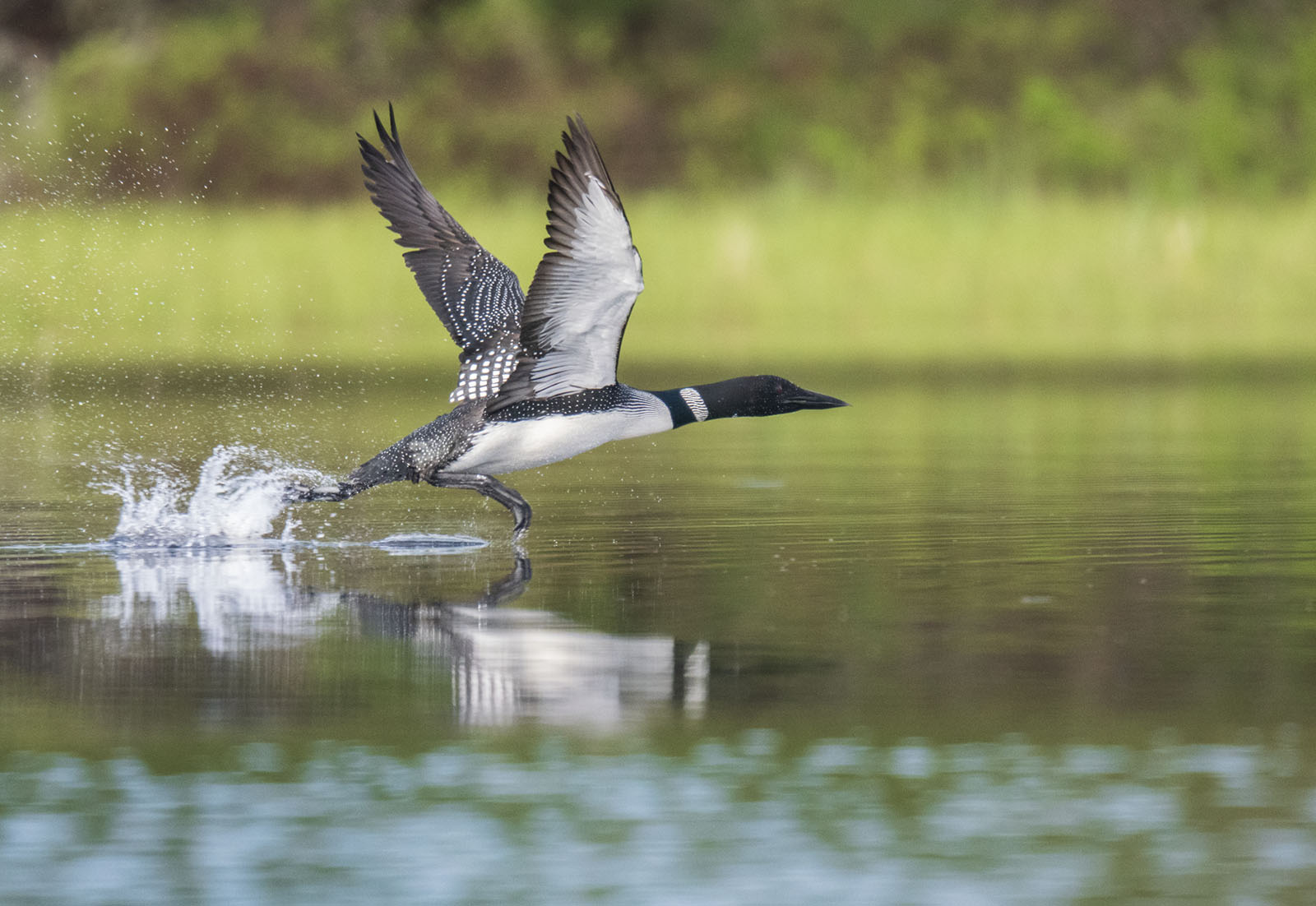

The primary point here is that the anti-crop sensor slander gets tiresome, and I wish more people would appreciate the upside of a small sensor. It’s not all doom and gloom concerning a small sensor. In fact, a crop camera is hugely helpful for a long-term wildlife project like this because it makes getting the shot much less complicated.
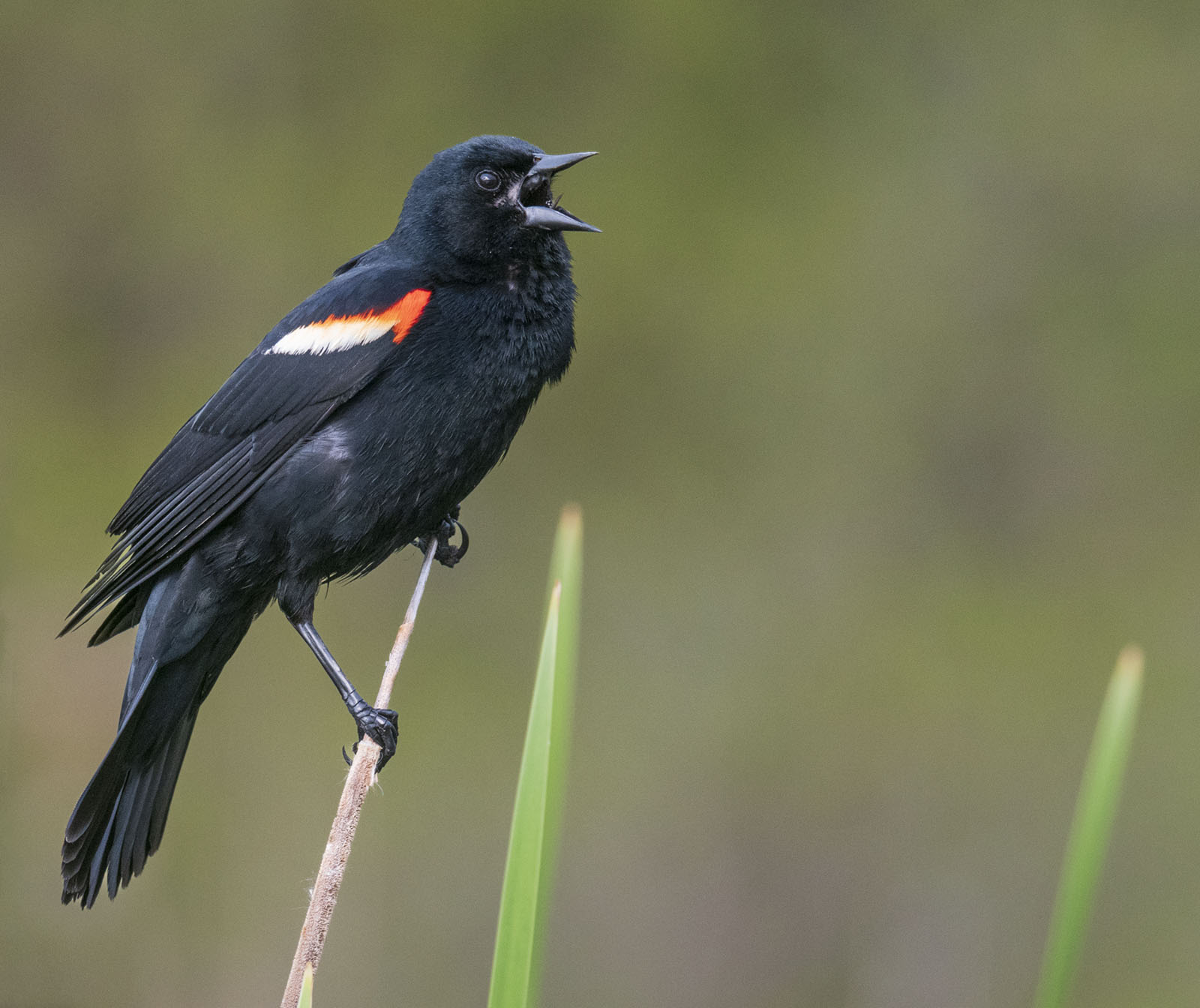
Some animals only briefly pass through the area; other moments happen once or twice. When the opportunity arises to get a wildlife photo, the OM-1 II has thus far proven more than up to the task of capturing it. There’s not much higher praise for a camera than that.
Image credits: All the photos in this article were captured by Bruce Gray using an OM-1 Mark II and OM 150-600mm M.Zuiko Digital ED 150-600mm f/5-6.3 IS lens. In my next journal entry, I’ll be back in Maine and, fingers crossed, the loon chicks will have just hatched.
